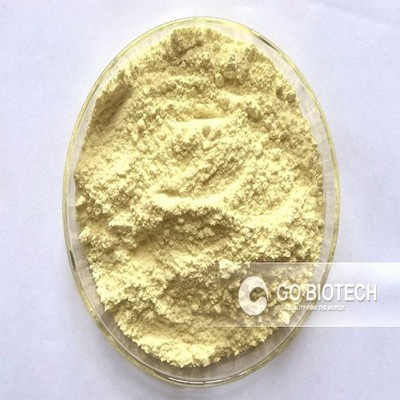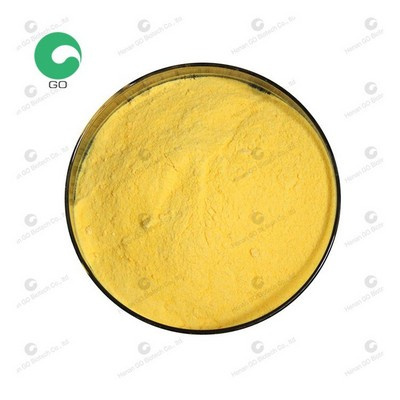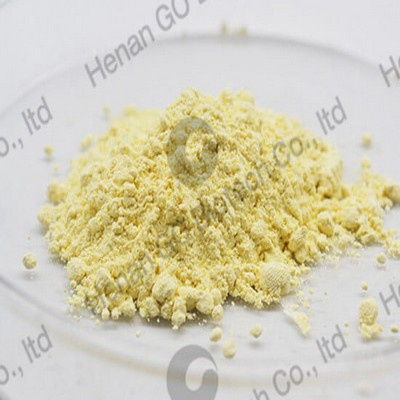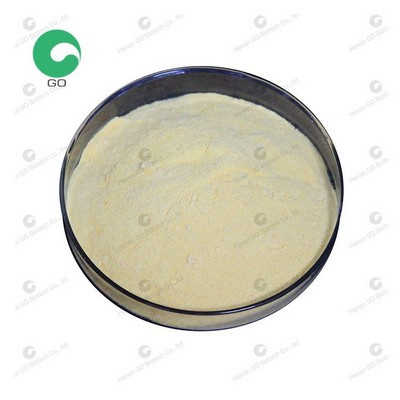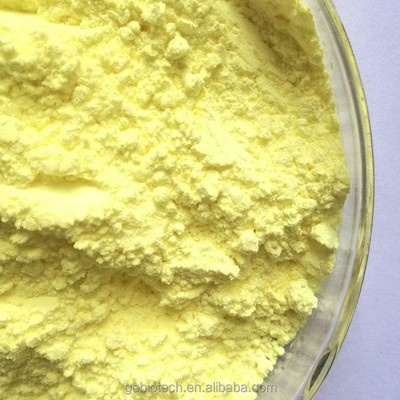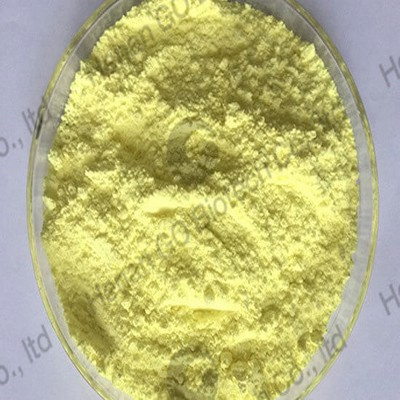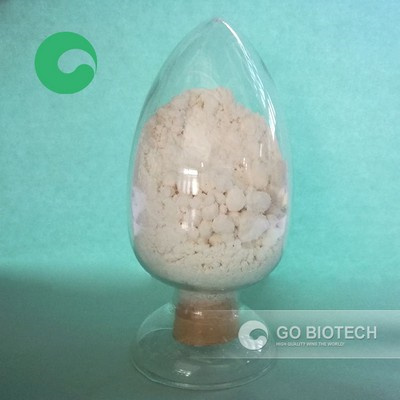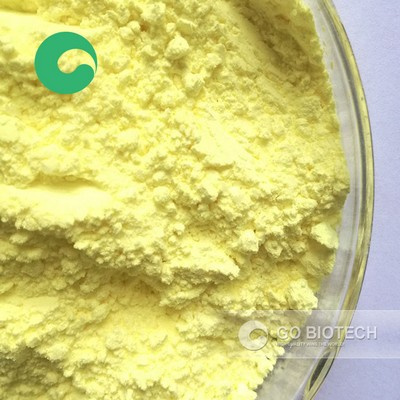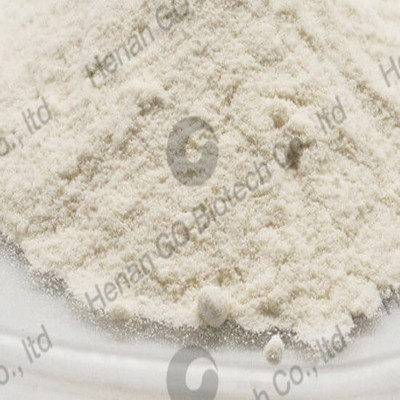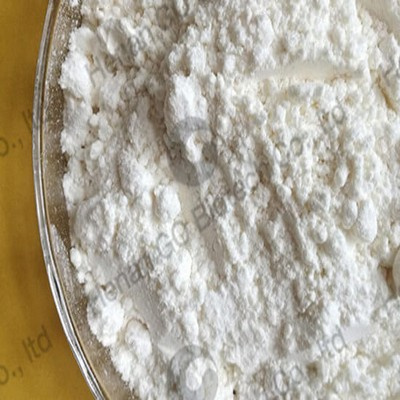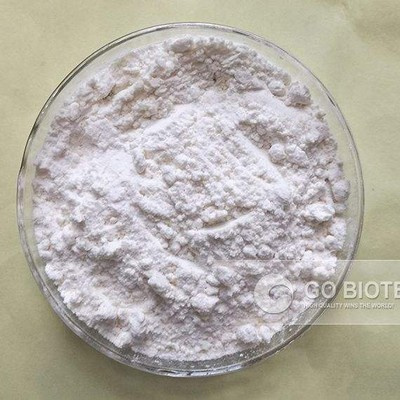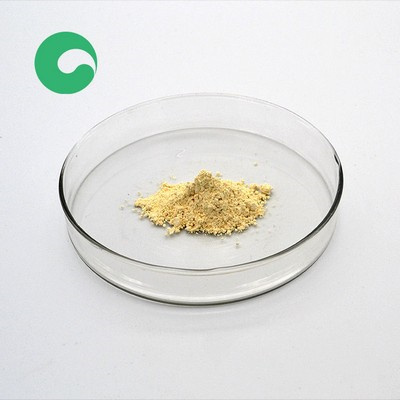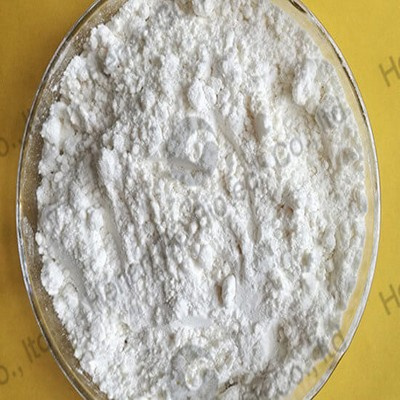RUBBER ANTIOXIDANT-6PPD,Rubber and plastic additives
RUBBER ANTIOXIDANT- TNP. Product application: Is synthetic rubber, natural rubber, polyolefin plastics and other effective antioxidants and stabilizers. With heat resistance, oxidation resistance, no pollution and other characteristics. In synthetic rubber, it is used as a stabilizer that does not change color.
N,N'-Diphenyl-p-phenylenediamine is used as an antioxidant and/or stabilizer for rubber, petroleum oils and feedstuffs. It is also used as a polymerization inhibitor and a retardant against copper degradation.It is a chemical intermediate to make dyes, drugs, plastics and detergent additives. Antioxidant is a substance added in small quantities
Oxide Inhibitor Market Report Global Forecast To 2028
Global Oxide Inhibitor Market by Type (Aluminum, Copper, Rubber, Polyethylene, Others), By Application (Chemical Industry, Electric, Others) And By Region (North America, Latin America, Europe, Asia Pacific and Middle East & Africa), Forecast To 2028
Oct 01, 2001· Also functions as an inhibitor and short-stopping agent for acrylic and vinylic monomers. Xenoxyl stabilizer inhibits polymerizations of acrylic, styrenic and vinylic monomers. BURLINGTON SCIENTIFIC CORP. Burlox BHT (butylated hydroxy etoluene) primary antioxidant for use in rubber, polyolefins, PS, thermoplastic elastomers, and coatings.
Antioxidant Chemical Product Catalog Chemsrc
Antioxidant refers to a kind of substance that can delay or inhibit the occurrence of oxidation reaction, ensure the material does not deteriorate during storage, smooth processing and long service life. Polymer materials (including plastics, rubber, fibers, paints, etc.) often undergo performance deterioration during processing, storage, and use.
Antioxidants & Antidegradants . All polymers & products baded on them are subject to degradation on exposure to the degradative environments such as: • UV-light promotes free radical oxidation of the rubber surface which results in the formation of a film of oxidized rubber on the surface of the product (called as Frosting) .
Rubber Accelerator,Rubber Antioxidant Qingdao New Sanda
Business covers tires, rubber products, plastic products, adhesives, paint, elastomer, architecture and other areas. Relying on our own R & D and production capacity, we provide our customers with accelerators, antioxidants, foaming agents, zinc oxide, zinc carbonate and other auxiliaries for rubber and plastics processing.
4010NA is a general-purpose excellent anti-aging agent. WIth excellent protection against ozone and flex cracking. It is suitable for natural rubber, styrene butadiene rubber, butadiene rubber, neoprene nitrile rubber and latex. It has excellent anti-oxidation and anti-ozone effects on neoprene adhesive.
Antioxidants & Antidegradants Nocil
Antioxidants & Antidegradants . All polymers & products baded on them are subject to degradation on exposure to the degradative environments such as: • UV-light promotes free radical oxidation of the rubber surface which results in the formation of a film of oxidized rubber on the surface of the product (called as Frosting) .
causing oxidation of polar polymer systems; thereby prolonging the serviceability of a rubber article. Antioxidants also react with hydrocarbon radicals when they are formed. In doing so, antioxidants block the reaction sites that are available for the formation of peroxide and/or hydroperoxide radicals; thus retarding the oxidative process.
- What are rubber antioxidants?
- Rubber antioxidants are defined as substances that could delay the aging of polymer compounds and prolong the service life of rubber products by inhibiting oxidation, heat, or light radiation . To date, the annual global consumption of rubber antioxidants is over 700,000 tons, accounting for about 40% of the total amount of rubber additives.
- What are the future trends of rubber antioxidants?
- The perspectives on the future trends of rubber antioxidants have been presented. Elastomers, especially diene-rubbers containing unsaturated double carbon bonds in the main chains, are vulnerable to thermal/oxygen aging, which would make the elastomers less elastic and result in earlier failure of the elastomer products.
- Can a rubber antioxidant be released into the environment?
- The rubber antioxidant might be released into the environment ]. The antioxi- Int. J. Environ. Res. Public Health 2022,19, 14595 7 of 15 cycle of automobile tires. Previous studies have revealed that only 12% of tire particles atmospheric environment [64, 65]. to water. Storm events are considered an important factor influencing the transport of ].
- Which rubber antioxidants are used in China?
- Amine antioxidants are the main rubber antioxidants produced and used in China, of which 6PPD and 2,2,4-Trimethyl-1,2-dihydroquinoline (TMQ, RD) have the highest production, accounting for more than 80% of the total amine antioxidants.
- Does antioxidant 2246 protect rubber from aging?
- Among them, antioxidant 2246 has a good performance to protect rubber from aging caused by heat, oxygen, and metals. Because hydrogen in phenolic antioxidants can combine with the oxygen in air, their antiaging efficiency is therefore lowered compared with amine antioxidants [21, 22].
- What are the TPS of rubber antioxidants?
- The TPs of rubber antioxidants have been observed in some studies under environmental conditions. As one of the widespread rubber antioxidants, amine antioxidants (PPDs: TMPPD, DPPD, 6PPD, and 6PPDTZ) could react with O 3 (in parts per billion volume levels) in the environment and produce PPD-quinone .

